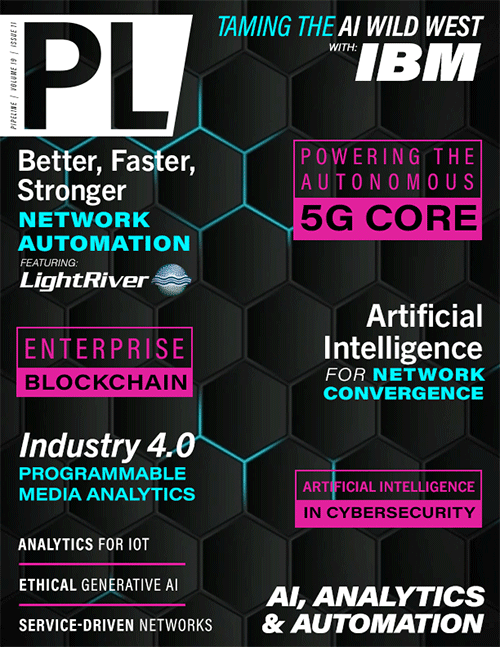Unlocking Blockchain Data For Enterprises
Moreover, decoding data from the chain necessitates a special "key," referred to as an Application Binary Interface (ABI). In its absence, the smart contract data stays indecipherable, akin to an unsolvable puzzle.
While these challenges seem daunting, they present significant opportunities for innovation and progress in the blockchain landscape. As we continue to explore and grow in this space, overcoming these obstacles will open up new avenues for us to establish our leadership and set new standards in blockchain technology.
But currently, how exactly do you find a way to access this data?
There are several tools that are available to actually access this data. Firstly, RPC nodes allow enterprises and users to access the data in its rawest blocks. This allows you to access entire transaction histories and logs. It should be both true to real time and entirely consistent with the wider, entire network. Similarly, ready-to-use APIs also facilitate access to the standard data on the Blockchain. These include technologies like fungible tokens, such as the ERC-20 or the non-fungible ERC-721/1155. If developers use providers of DeFi or NFTs they will be able to access data that is close to near real time. Additionally, they can also utilize providers such as Dune Analytics or Footprint Network in order to access data lakes.
While this data may not be quite as close to real time, it tends to offer a much more convenient interface for analysis. Another method of accessing data lakes—which focuses on smart contract data—is The Graph Subgraphs. Of course, developers can create their own software to access this information, but it generally creates a heavy workload. So, using a pre-established platform allows enterprises all the benefits of accessing this data as needed but without the added time or financial cost of creating a new model.
Let’s break down the tangible benefits of accessing this data
There are a number of ways that embracing blockchain data enhances an enterprise.
1. Competitive Advantage: A major benefit of seeing all of your customers’ interactions and spending habits is that it gives you information regarding trends, behaviors, and decision-making patterns. As a result, it becomes possible to strategize and plan. Previously gathered data can therefore act as means of making predictive, informed decisions.
2. Customer Engagement: One of blockchain’s key attributes is its transparency. This can help boost customer trust in a company. Benefits such as illustrating supply chains or sourcing of products help customers develop a stronger attachment to a product or service. Similarly, it can also build trust. Consumer trust regarding how businesses use and keep their data has sunk very low. In fact 85% of consumers want to know a brand or business’ data privacy policy before purchasing from them and 46% would switch to another brand if this was not clear. Data leaks and breaches continue to rise around the world and the cost can be huge. If businesses use blockchain to save this data, they can build trust with customers and offer transparent and secure policies.
3. Customer Retention: The data found in blockchain can make processes such as identity verification much easier and streamlined. In turn, this then creates a more convenient product for customers, which means greater retention. Blockchain data can also be used effectively to build customer loyalty programs and offer customers products that are beneficial and of interest to them. By understanding their customers better, businesses can offer a much more tailored experience and increase the likelihood they will return.
So, where next?
Many companies are already harnessing blockchain data to benefit their businesses. In fact, of the top companies in the world, current adopters include everything as diverse as Apple, McDonald’s, and JP Morgan. The technology has made huge breakthroughs in recent years. It seems probable then that this technology will continue to transform the way that enterprises do business and push them forward.
Currently, there are no ideal tools to access blockchain data, but developers can use multiple options to find ways to gain a competitive advantage from the information that is out there. This means that Web3 infrastructure providers need to strive to create new tools—things similar to Subgraph Hosting or IPFS—to utilize this huge resource to its best degree. This technology is in its infancy, but there is a need for enterprises and developers to focus on new ways to access blockchain technology and data because it brings many benefits to an enterprise’s future.



















